The Grabowski Family were not unlike other families in Selkirk, Manitoba during the 1950s and beyond. They were kind, hardworking, and attended church every Sunday. However, the Grabowski Family had unique differences that made their Selkirk experience more distinctive than many Canadians. Piotr (Peter) and Wladyslawa (Gladys) and their three children, Anna, Bish, and John, were immigrants from Poland, having left a post-Second World War Europe for a better life in Canada.
This article will delve into a brief history of the instances that brought the Grabowski family to Selkirk and some of their experiences as immigrants in the city that many of us call home. If you’d like a full account of the Grabowski Family, please check out The Soul’s Journey: Remembering a Legacy of Heroism and Resilience by Mary (Grabowski) Shumilak.
Life in Poland
Peter
Peter Grabowski was born on December 31, 1914 in Poland. Sadly, his father died young and his mother was left with two young children. Due to this tragedy, Peter had no choice but to begin working and was trained as a meat cutter. At the age of 23, he enlisted in the Polish Army.
Eventually, Peter was captured by the Nazi’s as a Prisoner of War and was sent to a forced labour camp. The conditions at the camp were awful. During the summers, they slept under the stars, survived on a diet of spinach, were unable to wash themselves, and were only given one set of clothes which they also could not wash. In the winter, the prisoners were provided tents, but many froze to death or caught typhus. Peter believed it was divine intervention that saved him from the typhus outbreak.
Thankfully, Peter managed to make it to Armistice and was taken to a refugee camp to receive nutrition and medical treatment.
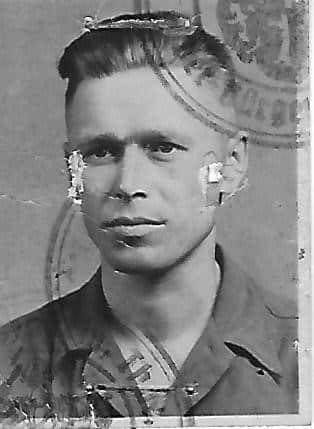
Gladys
Gladys was born on Christmas Day, 1920, a first-born who helped raise five sisters and one brother on a small family farm. She received an education and apprenticed as a seamstress.
When Germany invaded Poland in 1939, the Nazi’s forced neighbours to reveal information about one another so that they could maintain a record of who lived where. This resulted in Gladys’ arrest in 1942. Gladys was a resourceful, determined young woman and managed to escape her holding cell, eventually making it back home to her family farm. When the SS came back looking for her, they took her father in her place. She ended up surrendering herself to save her father who was miraculously and safely returned. Shortly thereafter, Gladys was deported to a German munitions factory as a slave. She would never see Poland again.
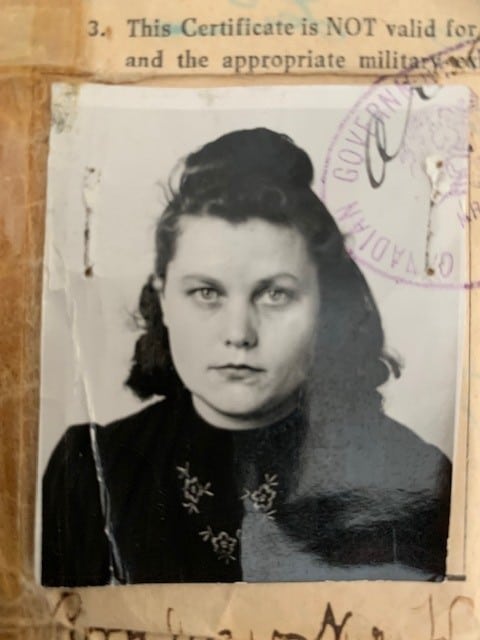
A Whirlwind Romance
Both Peter and Gladys arrived at the relocation camp, Wildflecken, a US zone of Germany, in 1945. The camp provided medical treatment, food, and proper hygiene, all things both desperately needed, due to the cruel and inhumane treatment they received as Prisoners of War.
At the camp, the two met and experienced a ‘whirlwind romance’ lasting six weeks and ending in marriage in a traditional Roman Catholic ceremony. This was quite the norm in the camp, as they were married at the same time as five other couples. As newlyweds, they lived in three different relocation camps, and coincidentally, a new baby arrived at each.
Although their dream was to return to Poland, due to the aftermath of the war and poor living conditions, they sought a better life for their young children, Anna, Bish, and John. They had the choice between Argentina, Australia, and Canada, and chose Canada so they could experience the joys of four seasons, not unlike their home country.
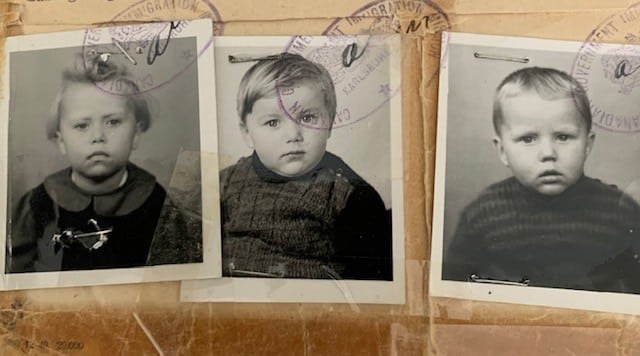
Coming to Canada
Peter came to Canada first on November 24, 1950, to work as a woodcutter in Atikokan, Ontario. A friend convinced him to settle in Selkirk, Manitoba, where he got a job at ABEX Industries, a steel foundry.
In 1951, Gladys and her three small children boarded the MS Nelly and made the long journey to Pier 21 in Halifax where they were greeted by Polish speaking Nuns who helped them board the train to Winnipeg. At the station, they were greeted by Peter who brought them to their two-bedroom shanty home on Dufferin Avenue in Selkirk, Manitoba. Gladys thought it was the perfect home to raise her children, as she imagined Anna, Bish, and John playing in the front yard.
Selkirk: A New Home
Peter loved his work as a labourer for ABEX. He brought home a regular pay cheque and was able to proudly support his wife and children.
Gladys was a true, hardworking housewife. She spent her days baking (blueberry pies, cinnamon buns, and babka), cooking (Rossol, a Polish chicken soup), sewing, mending, cleaning, and doing the laundry.
Together, the couple enjoyed seeing Hollywood films at the Garry Theatre because they found the voices easy to follow and understand. Both learned English and were able to read newspapers such as the Selkirk Enterprise and the Winnipeg Tribune. They also watched television programs such as The Carol Burnett Show or catching a CFL game to cheer on the Vinny-Peg Boo Bumbers (as Gladys pronounced it).
Life in Selkirk was simple, but Peter and Gladys enjoyed that. They did their shopping at the many family-owned businesses that peppered Manitoba Avenue, Eveline Street, and Main Street. They were members of the Notre Dame Church where sermons were given by a Polish Priest and were active in the local Veteran community. Peter especially spent many weekends at the Royal Canadian Legion and the Army, Navy, and Air Force where he talked of the war with other veterans, danced, and drank.
Tragically, on May 6, 1952, Peter’s leg was crushed by a bucket of railroad spikes at ABEX. He was taken to Selkirk General Hospital where he was treated by Dr. William Easton. Thankfully, Peter’s leg did not have to be amputated and instead, Dr. Easton was able to fuse bone shards together to save Peter’s leg. After the accident, Peter was put on crutches and was not able to get his job back at ABEX. Instead, he had to venture back to Ontario to become a woodcutter once again so he could provide for his family.
When he returned two years later, they had managed to save $2000, which they decided to use as a down payment on a new house in Selkirk. It was a step forward to make a better life for their children.
Moving On Up
In 1956, the family moved to 224 McLean Avenue, a five-bedroom house on a busy street close to downtown Selkirk. The neighbourhood featured a mix of nationalities such as French, English, German, Ukrainian, Polish, and Indigenous Peoples. The neighbours were kind and receiving gifts, food, and a helping hand was not uncommon.
Shortly after in 1957, their fourth child, a girl named Mary, was born. She was the apple of her Father’s eye, and he often took her to Nell’s Dairy Bar for a sweet treat, to Lockport to fish, or just to the local park to push her on the swings. When she got older, her father took her to political debates which sparked her interest in politics.
As the baby of the family, Mary looked up to her older, fashionable sister, Anna, as well as her handy brothers, Bish and John, who took interest in boats and motorcycles.
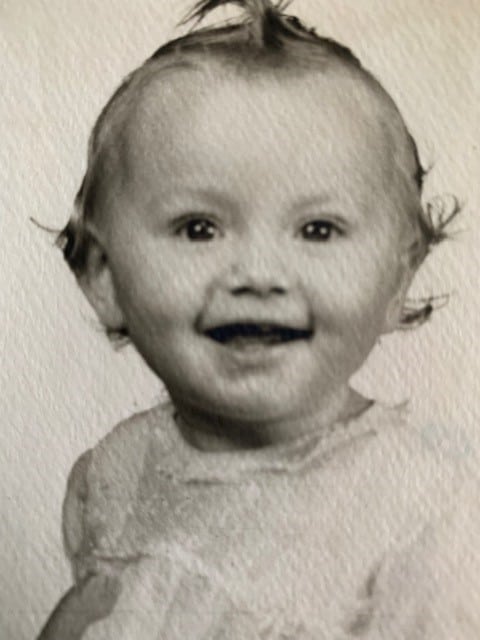
Growing up in the 1960s, Mary very much enjoyed her childhood in Selkirk. In her book, Mary fondly looks back on summer days riding her bike, drinking from the garden hose, playing hide and seek with other neighbourhood children, or buying chips at Oscar’s Restaurant.
As a teenager, Mary would often take her parents into Winnipeg to visit popular attractions like the Centennial Concert Hall, Manitoba Museum, Rainbow Stage, and the Winnipeg Art Gallery. Her mother especially loved culture. Other retirement activities for Peter included reading about WWII history, hunting waterfowl, fishing, walking, cross country skiing, and dancing. Weddings were always enjoyed by the entire family as well.
At school, Polish children were often bullied and sometimes called ‘bohunks’ a derogatory term used towards Polish and Ukrainian people. Despite these shortcomings, Mary looked up to many of her teachers and went on to become a teacher herself, her first posting being at Happy Thought School in East Selkirk.
The Future
In August of 1990, Peter Grabowski passed away from colon cancer. He was not scared of death and strongly believed heaven was waiting for him.
Gladys missed the companionship she and her husband shared. As her health dwindled, she became afraid of the dark and slowly lost her mental capabilities. She was diagnosed with Alzheimer’s in 1994 and passed away in 2007.
Although death and illness are incredibly sad, Peter and Gladys left a legacy of heroism and resilience. They made the incredibly courageous decision to move to a new country so that they could build a better life for their children and future grandchildren, who in later life, became their pride and joy.
The Grabowski’s are just one of the many families that helped shaped Selkirk to the wonderful city it is today. This would not be possible without the hard work and dedication from immigrant families just like the Grabowski’s.
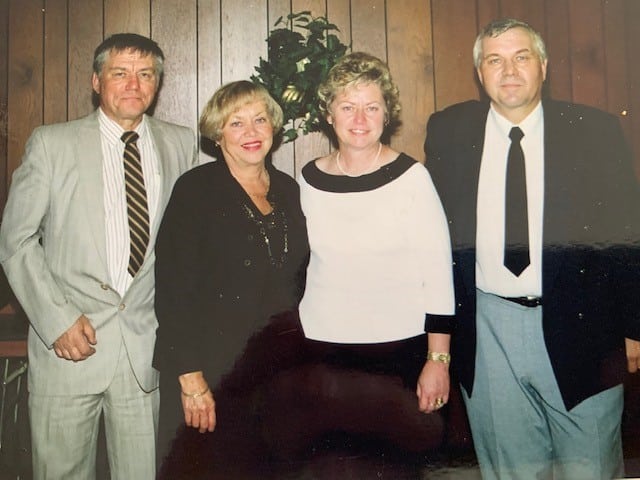
The Grabowski Family Collection
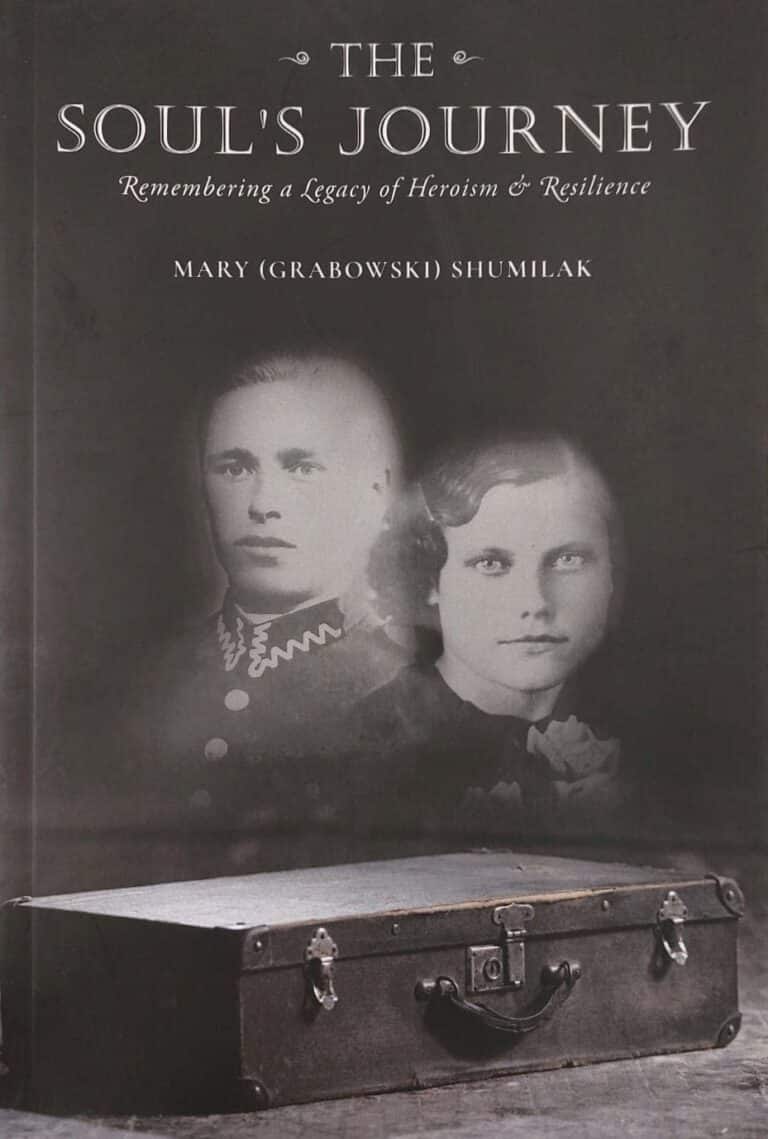
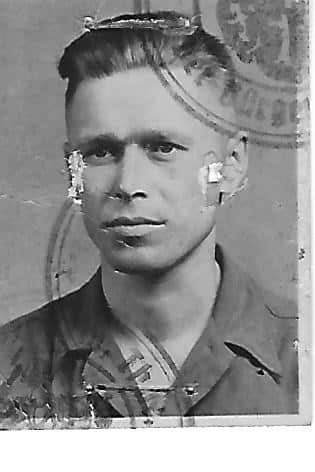




Sources
The Soul’s Journey: Remembering a Legacy of Heroism and Resilience by Mary (Grabowski) Shumilak.
To hear more stories about the Grabowski Family visit the Selkirk Museum’s YouTube channel

